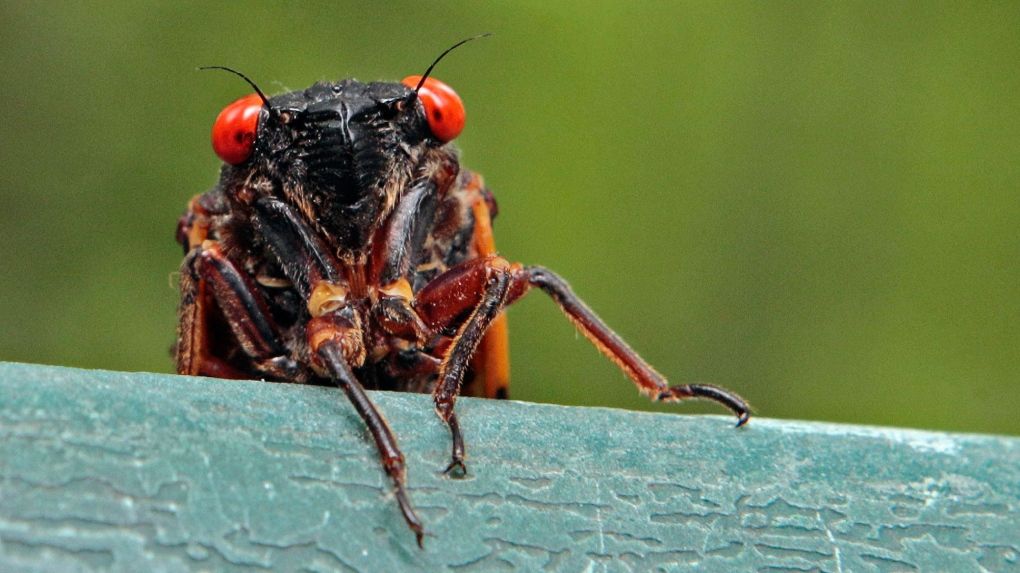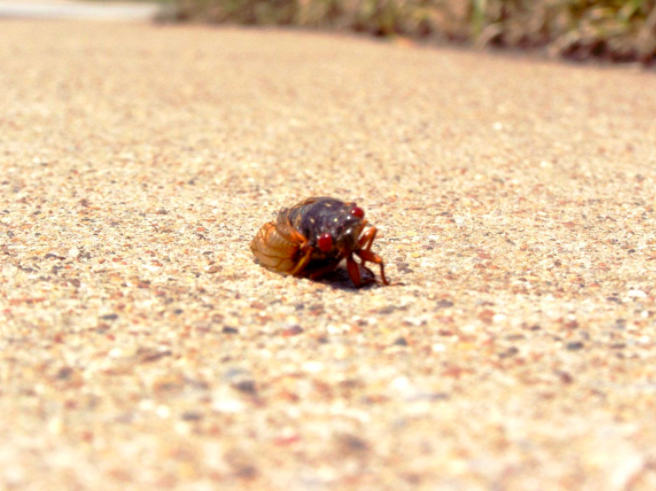Déjà vu? It’s not just you, 17-year cicadas emerge more often than every 17 years

A few minutes every morning is all you need.
Stay up to date on the world's Headlines and Human Stories. It's fun, it's factual, it's fluff-free.
Over the last few weeks, multiple outlets have published articles with headlines like this one from USA Today on May 27: “17-year cicadas are waking up. They have red eyes and are as noisy as a lawnmower. There’s nothing to fear.”
In parts of the US, the summer of 2020 will be the season of the 17-year cicada.
Yet, those who remember the summer of 2017 will recall that many areas of the United States were struck by a swarm of 17-year cicadas that year. In fact, it seems like every few years these periodic insects make headlines as they reemerge.
So what’s going on? Are these different species, or is the name “17-year cicada” a misnomer?
What are 17-year cicadas?

As many as 1.5 million 17-year cicadas are expected to emerge per acre of land across parts of the eastern US this May and June, only to die off after two to four weeks of adulthood.
In that time, the deafening insects will mate multiple times and lay millions of eggs. Those will then produce nymphs that will burrow underground until 2037. The noise the cicadas emit is their mating call.
The life cycle of a cicada is long, but it can appear short to the human eye.
After each mating, female cicadas produce between 20 and 30 eggs (up to 600 eggs in their whole life) and lay them in tree branches or other plant limbs. When the eggs hatch, the nymphs fall and burrow up to 18 inches underground to find the plant roots from which they attain their sustenance.
After 17 years, the nymphs emerge, generally crawling up tree trunks to complete their life cycle. The last stage involves shedding a shell that is left behind on the tree. Adult cicadas have wings that can span up to three inches.
The adult stage of a 17-year cicada’s life is no longer than a month and is the part that is most noticeable to people, particularly because their mating calls can be heard throughout the day.
These cicadas are harmless to humans, pets and most plant life, although they can damage young saplings. In fact, some people even cook and eat cicadas.
Different cicada broods

The 17-year cicada is similar to the 13-year cicada, which, as its name suggests, emerges every 13 years. They are a group of insects known as periodical cicadas. In 1998, both species emerged at the same time in many parts of the US, causing an even greater ruckus.
Beyond the differing years of cicada life cycles, the species are further differentiated by “broods.” These broods are named using roman numerals as a numbering system. This way of numbering broods was invented by entomologist C.L. Marlatt in 1907.
Though Marlatt originally separated the cicadas into 30 broods, modern entomology officially recognizes just 15: Broods I-X, XIII, XIV, XIX, XXII and XXIII.
Most of the broods are 17-year cicadas, with only XIX, XXII and XXIII having a 13-year cycle.
The species emerging in the summer of 2020 is Brood IX, a relatively small brood that will be contained to just three of the Mid-Atlantic Coast states. Washington, DC, which is across the Potomac River from Virginia, is not expected to be visited by the noisy insects this year.
Next summer, however, will see the reemergence of Brood X, last seen in full force in 2004. That brood is native to 15 different states and the District of Columbia. Their swarms will stretch from New York state in the north to Georgia in the south and as far west as Illinois.
Early and late cicadas
The 13- and 17-year cycle of periodical cicadas has been an area of considerable fascination for scientists. The exact reason why differing species across multiple regions evolved to have the same life cycles, but in different years, isn’t known. Some have hypothesized it was a “strength in numbers” way to help escape predators.
Another hypothesis suggests that the reason for the lengthened adolescent stage of cicadas is that previous geological epochs did not provide enough temperature stability to maintain adult cicadas every year, thus leading to species that spent more time underground.
What is known is that periodical cicadas are not strictly locked into their 13- or 17-year cycles. There is a pattern of such cicadas emerging early or late, either by one or four years. For example, members of Brood X had an unexpected emergence in 2017, creating the possibility that those early arrivals could create an entirely new brood.
Speculation on the reason for these early and late arrivals has been ongoing for decades.
In the 1970s, a study postulated that the likely explanation is nymph overcrowding underground. Four-year accelerations are common in 17-year cicadas, perhaps suggesting that 13-year cicadas are a natural divergence from the 17-year cicadas, or vice versa.
Are periodical cicadas locusts?
Locusts are members of the Orthoptera order of insects. Though cicadas, which are exclusively native to the eastern half of the US, are often referred to as locusts, they are a separate order altogether, known as Homoptera.
While cicadas can appear to swarm in a manner similar to locusts, they do not cause harm to crops the way locusts do in Asia and Africa.
Have a tip or story? Get in touch with our reporters at tips@themilsource.com
Sign up for daily news briefs from The Millennial Source here!




Comments ()